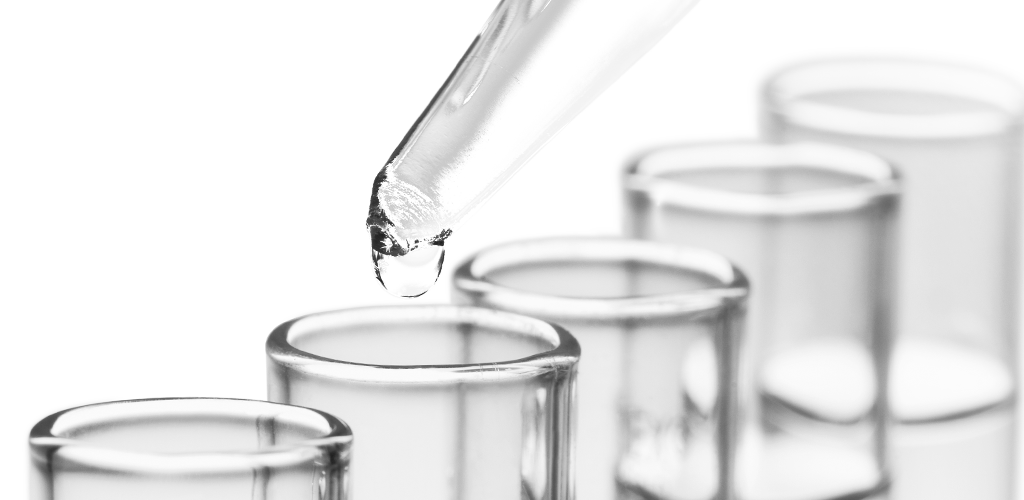Factor VII
Biochemistry
| Synonym | Proconvertin |
|---|---|
| Molecular mass | 50 000 Da |
| Synthesis | Liver |
| Half life | 2 - 5 hours |
| Plasma concentration | 470 μg/l or 9,4 nmol/l |
| Normal range | 70 - 120% or 0.7 - 1.2 U/m |
The activation of the coagulation system is initiated by the exposure of tissue thromboplastin (tissue factor) from damaged tissue, which leads to the activation of factor VII to factor VIIa. Factor X subsequently is activated to factor Xa by the complex of tissue thromboplastin and factor VIIa. Factor Xa activates factor VII in a positive feedback mechanism. Factor IX is activated by factor VIIa. Synthesis of factor VII is vitamin K-dependent.
Clinical significance
Inherited FVII deficiency is rare. Acquired FVII deficiency can be due to vitamin K-deficiency, hepatic disease, massive blood loss or DIC. FVII deficiency is associated with a bleeding tendency. Increased factor VII values as can be observed, depending on age and weight, during the use of oral contraceptives, in the post menopausal phase, during pregnancy, postoperatively and in phase I of DIC are regarded as risk factors for cardiovascular and cerebrovascular diseases. A correlation between acute thrombosis and increased factor VII concentrations is also subject of discussion.
Indication
- Diagnosis of a to date unknown, hereditary bleeding disorder
- Determination of the concentration during anticoagulant therapy with heparin or coumarin derivatives (during the transition phase)
- Potential risk indicator for coronary heart disease
Literature
- Avvisati G et al. Evaluation of a new chromogenic assay for Factor VII and its application in patients on oral anticoagulant treatment. Br J Haematol 45, 343-352, 1980.
- Carvalho J et al. Plasma Factor VII, triglyceride concentration and fibrin degradation products in primary hyperlipidemia: A clinical and laboratory study. Haemostasis 19, 83-90, 1989.
- Hoffmann C et al. Factor VII activity state in coronary artery disease. J Lab Clin Med 111, 475-481, 1988.
- Bladbjerg EM et al. Plasma concentrations of blood coagulation factor VII measured by immunochemical and amidolytic methods. Scand J Clin Lab Invest 60, 161-168, 2000.
- Seligsohn U et al. Coupled amidolytic assay for Factor VII: it´s use with a clotting assay to determine the activity state of factor VII. Blood 52, 978-988, 1978.
- Meade TW et al. Haemostatic function and Ischaemic heart disease: principal results of Northwick Park heart study. Lancet 2, 533-537, 1986.
- van't Hooft FM et al. Two common functional polymorphisms in the promoter region of the coagulation factor VII gene determination activity and mass concentration. Blood 93, 3432-3441, 1999.
- Hedner U. Recombinant activated factor VII: 30 years of research and innovation. Blood Rev. Jun 29 Suppl 1, S4-8, 2015.
- Baumann Kreuziger LM, Morton CT, Reding MT. Is prophylaxis required for delivery in women with factor VII deficiency? Haemophilia. Nov 19(6), 827-32, 2013.

